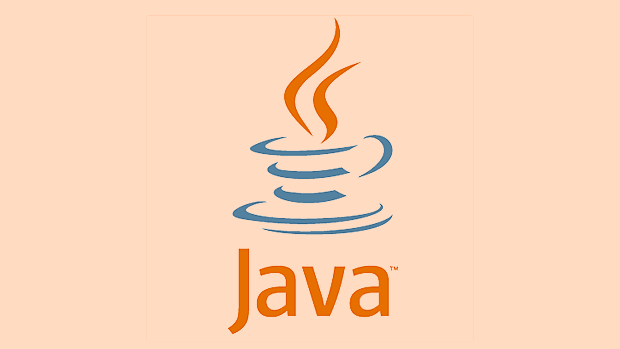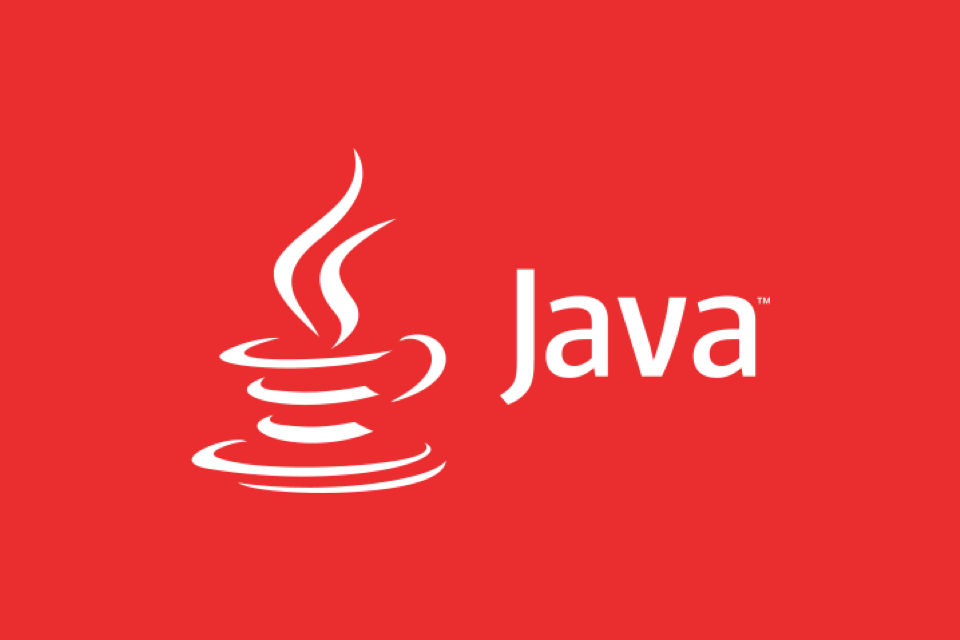What is the main method in Java? (public static void main)
Jul 09, 2025 am 01:30 AMThe main method in Java is the entry point of any standalone Java application. 1. It must be declared as public so that the JVM can access it. 2. It must be static so that the JVM can call it without creating an instance of the class. 3. It must return void because it does not return any value to the JVM. 4. It must be named main so that the JVM can identify it as the starting point. 5. It must accept a String array as its parameter to receive command-line arguments. If any part of this signature is altered, the JVM will fail to recognize it, resulting in an error.

The main method in Java is the entry point of any standalone Java application. When you run a Java program, the Java Virtual Machine (JVM) starts executing the code from the main method. It’s how your program gets kicked off.

Here’s what it looks like:
public static void main(String[] args)
If this method isn’t present in your class, the JVM won’t be able to start your program and will throw an error.

What each part of the main method means
Let’s break down the full signature:
public static void main(String[] args)
public– This access modifier means the method can be accessed from anywhere, including by the JVM itself.static– Because the JVM calls this method without creating an instance of the class, the method must be static.void– The method doesn’t return any value.main– This is the name of the method; the JVM specifically looks for a method namedmain.String[] args– These are command-line arguments passed into the program. You can use them to customize behavior when starting the app.
If any part of this signature is changed incorrectly (like making it non-static or changing the parameter type), the JVM won’t recognize it as the entry point.

How to write and run a main method
Writing a main method is straightforward. Here's a simple example:
public class HelloWorld {
public static void main(String[] args) {
System.out.println("Hello, world!");
}
}To run this:
- Save it in a file called
HelloWorld.java - Compile it with
javac HelloWorld.java - Run it with
java HelloWorld
You can also pass arguments:
java HelloWorld arg1 arg2
These values will show up inside the args array in your program.
A few things to remember:
- The class containing
mainmust be public if it’s in a file with the same name. - You can have multiple classes in one file, but only one can be public.
- If you're using an IDE like IntelliJ or Eclipse, it handles most of this for you.
Common mistakes beginners make
It’s easy to accidentally break the main method signature. Here are some common issues:
- ? Using a different name like
Mainorstart - ? Forgetting
static, which leads to "main method not found" errors - ? Changing the parameter to something like
int[] argsor omitting it entirely - ? Not making the method
public
Also, note that:
- You can have more than one
mainmethod in different classes — just tell the JVM which one to use. - In newer Java versions (9 ), there are modules and other ways to structure apps, but the classic
mainmethod still works.
So yes, public static void main(String[] args) is the standard way to start a Java program. It might look strict, but that’s because the JVM relies on it to launch your app cleanly. Once you understand each part, it makes sense why it’s written that way.
That’s basically it — nothing magical, just a well-defined rule.
The above is the detailed content of What is the main method in Java? (public static void main). For more information, please follow other related articles on the PHP Chinese website!

Hot AI Tools

Undress AI Tool
Undress images for free

Undresser.AI Undress
AI-powered app for creating realistic nude photos

AI Clothes Remover
Online AI tool for removing clothes from photos.

Clothoff.io
AI clothes remover

Video Face Swap
Swap faces in any video effortlessly with our completely free AI face swap tool!

Hot Article

Hot Tools

Notepad++7.3.1
Easy-to-use and free code editor

SublimeText3 Chinese version
Chinese version, very easy to use

Zend Studio 13.0.1
Powerful PHP integrated development environment

Dreamweaver CS6
Visual web development tools

SublimeText3 Mac version
God-level code editing software (SublimeText3)

Hot Topics
 Difference between HashMap and Hashtable?
Jun 24, 2025 pm 09:41 PM
Difference between HashMap and Hashtable?
Jun 24, 2025 pm 09:41 PM
The difference between HashMap and Hashtable is mainly reflected in thread safety, null value support and performance. 1. In terms of thread safety, Hashtable is thread-safe, and its methods are mostly synchronous methods, while HashMap does not perform synchronization processing, which is not thread-safe; 2. In terms of null value support, HashMap allows one null key and multiple null values, while Hashtable does not allow null keys or values, otherwise a NullPointerException will be thrown; 3. In terms of performance, HashMap is more efficient because there is no synchronization mechanism, and Hashtable has a low locking performance for each operation. It is recommended to use ConcurrentHashMap instead.
 What are static methods in interfaces?
Jun 24, 2025 pm 10:57 PM
What are static methods in interfaces?
Jun 24, 2025 pm 10:57 PM
StaticmethodsininterfaceswereintroducedinJava8toallowutilityfunctionswithintheinterfaceitself.BeforeJava8,suchfunctionsrequiredseparatehelperclasses,leadingtodisorganizedcode.Now,staticmethodsprovidethreekeybenefits:1)theyenableutilitymethodsdirectly
 How does JIT compiler optimize code?
Jun 24, 2025 pm 10:45 PM
How does JIT compiler optimize code?
Jun 24, 2025 pm 10:45 PM
The JIT compiler optimizes code through four methods: method inline, hot spot detection and compilation, type speculation and devirtualization, and redundant operation elimination. 1. Method inline reduces call overhead and inserts frequently called small methods directly into the call; 2. Hot spot detection and high-frequency code execution and centrally optimize it to save resources; 3. Type speculation collects runtime type information to achieve devirtualization calls, improving efficiency; 4. Redundant operations eliminate useless calculations and inspections based on operational data deletion, enhancing performance.
 What is an instance initializer block?
Jun 25, 2025 pm 12:21 PM
What is an instance initializer block?
Jun 25, 2025 pm 12:21 PM
Instance initialization blocks are used in Java to run initialization logic when creating objects, which are executed before the constructor. It is suitable for scenarios where multiple constructors share initialization code, complex field initialization, or anonymous class initialization scenarios. Unlike static initialization blocks, it is executed every time it is instantiated, while static initialization blocks only run once when the class is loaded.
 What is the Factory pattern?
Jun 24, 2025 pm 11:29 PM
What is the Factory pattern?
Jun 24, 2025 pm 11:29 PM
Factory mode is used to encapsulate object creation logic, making the code more flexible, easy to maintain, and loosely coupled. The core answer is: by centrally managing object creation logic, hiding implementation details, and supporting the creation of multiple related objects. The specific description is as follows: the factory mode handes object creation to a special factory class or method for processing, avoiding the use of newClass() directly; it is suitable for scenarios where multiple types of related objects are created, creation logic may change, and implementation details need to be hidden; for example, in the payment processor, Stripe, PayPal and other instances are created through factories; its implementation includes the object returned by the factory class based on input parameters, and all objects realize a common interface; common variants include simple factories, factory methods and abstract factories, which are suitable for different complexities.
 What is the `final` keyword for variables?
Jun 24, 2025 pm 07:29 PM
What is the `final` keyword for variables?
Jun 24, 2025 pm 07:29 PM
InJava,thefinalkeywordpreventsavariable’svaluefrombeingchangedafterassignment,butitsbehaviordiffersforprimitivesandobjectreferences.Forprimitivevariables,finalmakesthevalueconstant,asinfinalintMAX_SPEED=100;wherereassignmentcausesanerror.Forobjectref
 What is synchronization?
Jun 24, 2025 pm 08:21 PM
What is synchronization?
Jun 24, 2025 pm 08:21 PM
Synchronizationistheprocessofcoordinatingtwoormorethingstostayaligned,whetherdigitalorphysical.Intechnology,itensuresdataconsistencyacrossdevicesthroughcloudserviceslikeGoogleDriveandiCloud,keepingcontacts,calendarevents,andbookmarksupdated.Outsidete
 What is type casting?
Jun 24, 2025 pm 11:09 PM
What is type casting?
Jun 24, 2025 pm 11:09 PM
There are two types of conversion: implicit and explicit. 1. Implicit conversion occurs automatically, such as converting int to double; 2. Explicit conversion requires manual operation, such as using (int)myDouble. A case where type conversion is required includes processing user input, mathematical operations, or passing different types of values ??between functions. Issues that need to be noted are: turning floating-point numbers into integers will truncate the fractional part, turning large types into small types may lead to data loss, and some languages ??do not allow direct conversion of specific types. A proper understanding of language conversion rules helps avoid errors.






